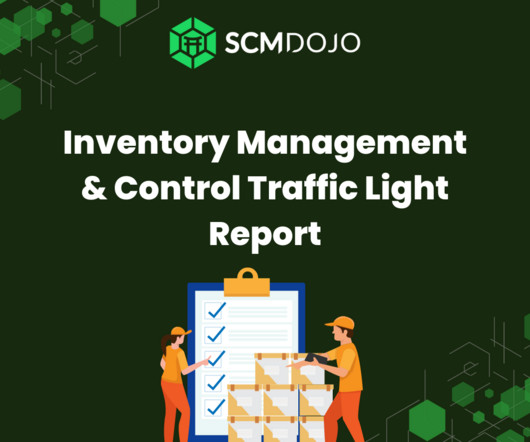Key Trends and Themes for Supply Chain and Logistics in 2024
SCMDOJO
APRIL 24, 2024
In 2024, the logistics and supply chain industry will continue its transformative journey, driven by technological advancements and growing consumer expectations. According to industry reports, over half of business leaders acknowledge the need for supply chain improvements, with 52% believing they could enhance their operations.












Let's personalize your content